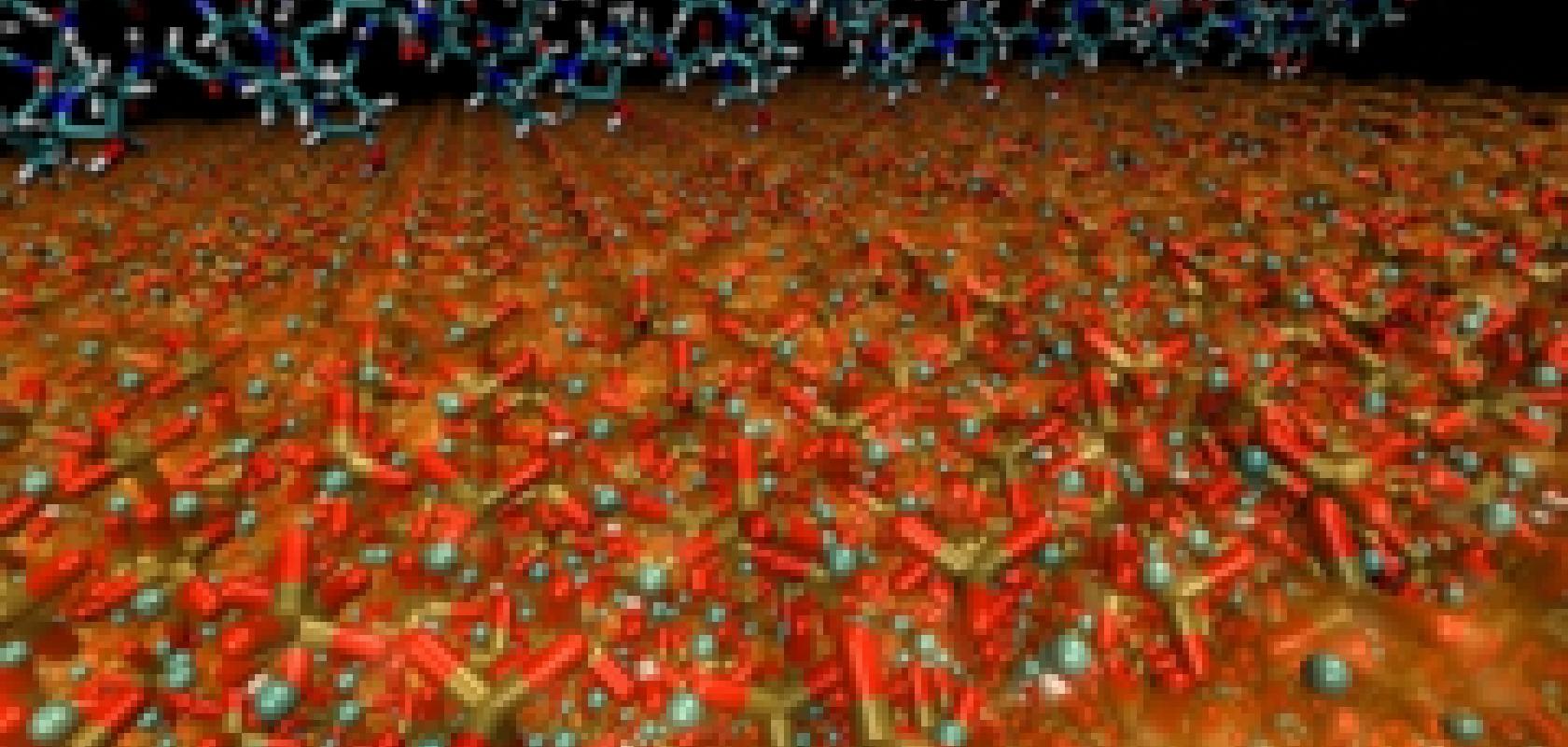Researchers at Massachusetts Institute of Technology (MIT) has finally unraveled the structure of bone with almost atom-by-atom precision, after many years of analysis by some of the world’s most powerful computers and comparison with laboratory experiments to confirm the computed results.
The findings, from a team led by civil engineer and materials scientist Markus Buehler, are published this week in the journal Nature Communications.
Buehler, an associate professor of civil and environmental engineering (CEE) at MIT, said the riddle was to find how two different materials – a soft, flexible biomolecule called collagen and a hard, brittle form of the mineral apatite – combine to form something that is simultaneously hard, tough and slightly flexible.
The constituents are so different that 'you can’t take these two materials individually and understand how bone behaves' Buehler says. Hydroxyapatite is like chalk, he explained: 'It’s very brittle. If you try to bend it even a little, it breaks into pieces.' Collagen, on the other hand, is what gelatin is made of – the very epitome of a wobbly substance.
Neither material, on its own, could provide adequate structural support for the body. 'It takes the best qualities of the two substances,' Buehler said, 'But how this works is the big unknown.'
Buehler explains that even a few years ago, the modelling required to deduce the internal structure of bone would have taken years of computer time on the most powerful computers. But newer supercomputers can carry out much more detailed computations in a few months.

